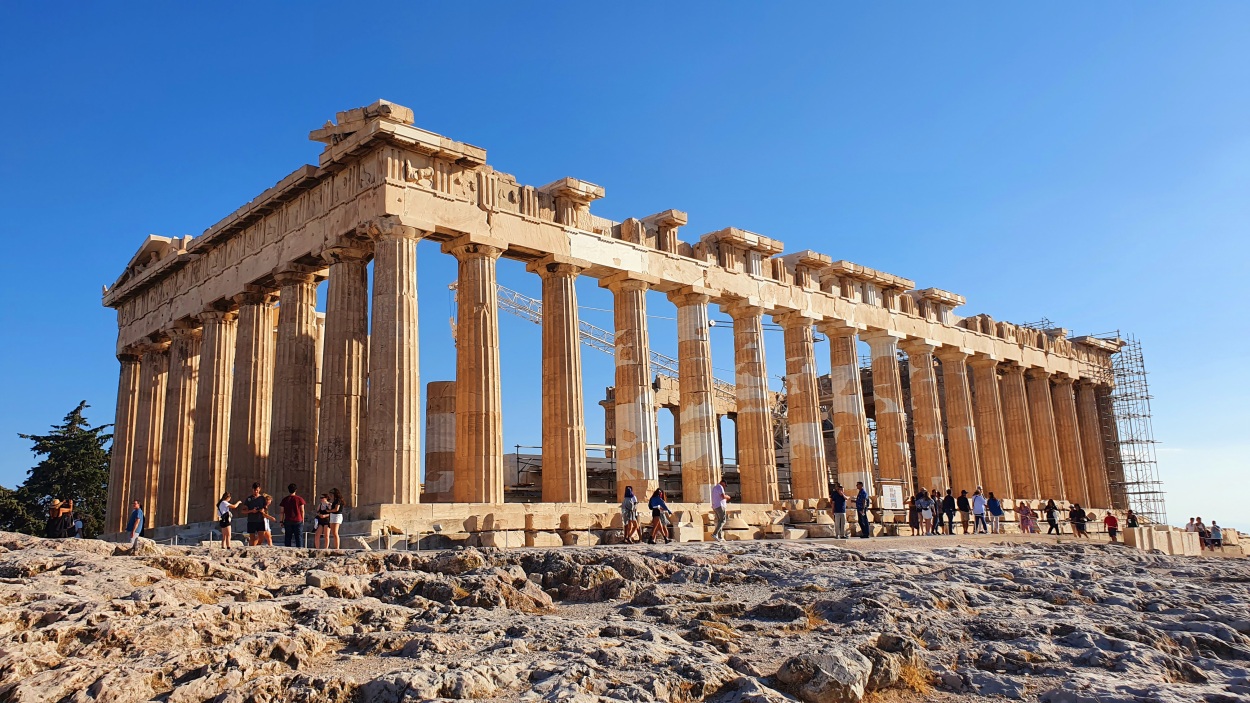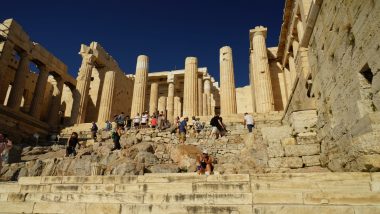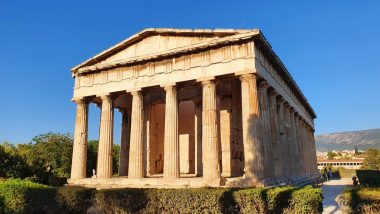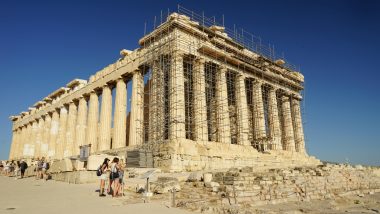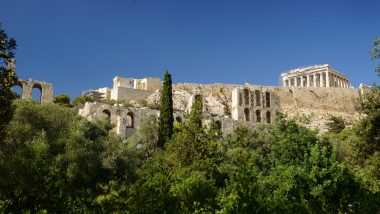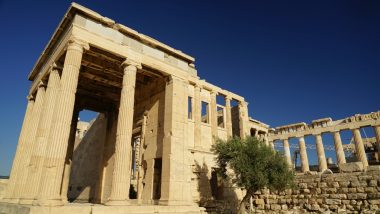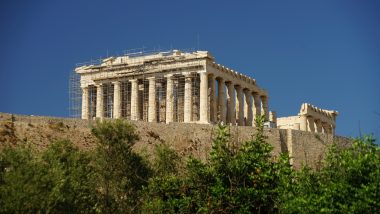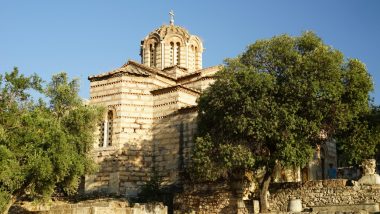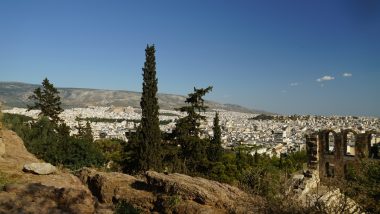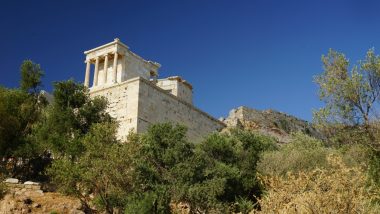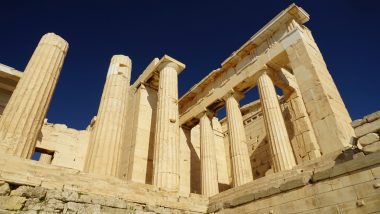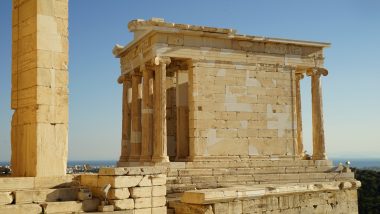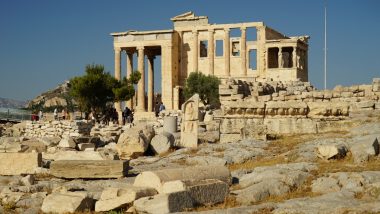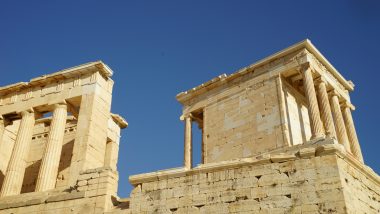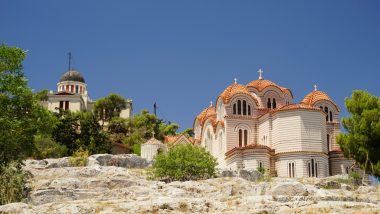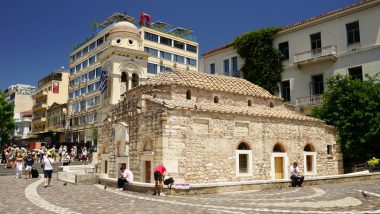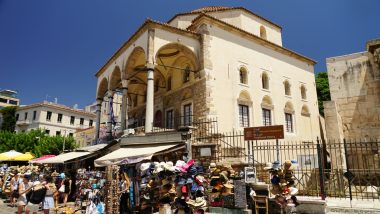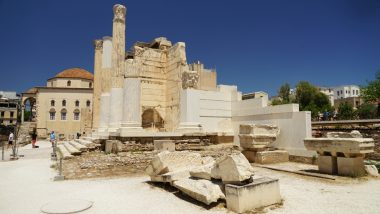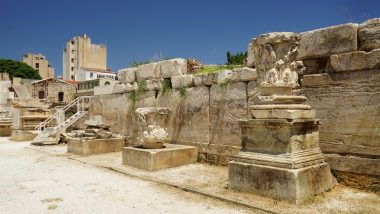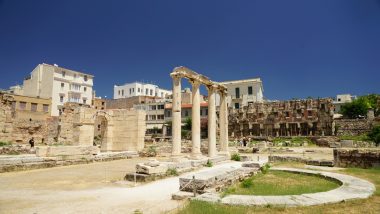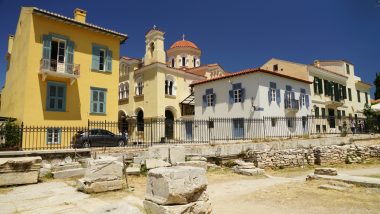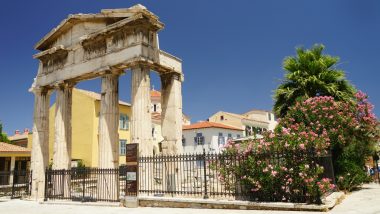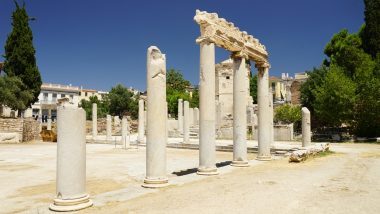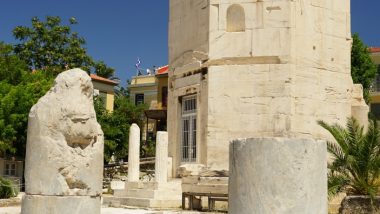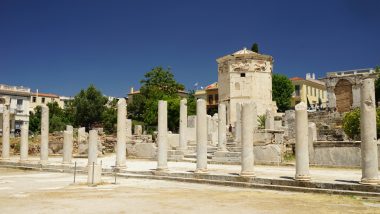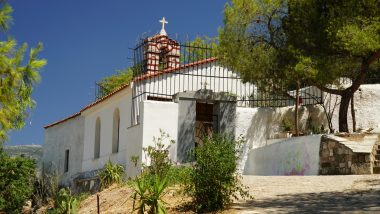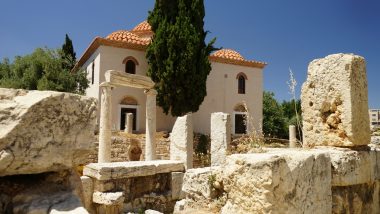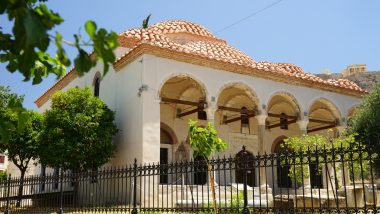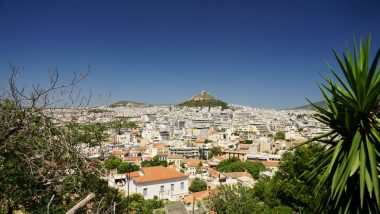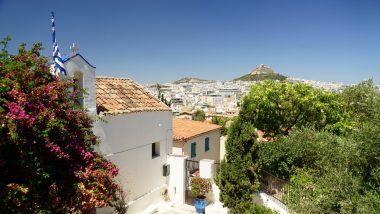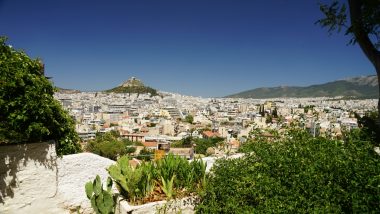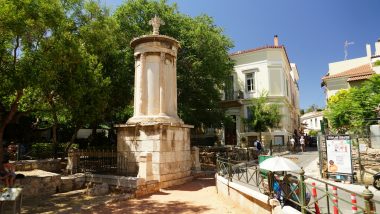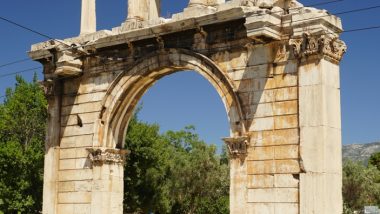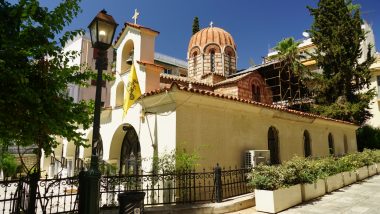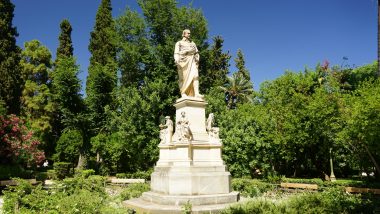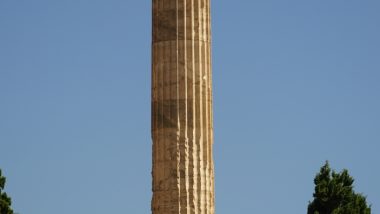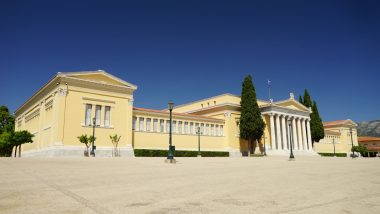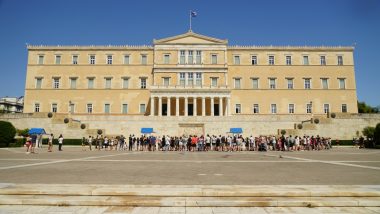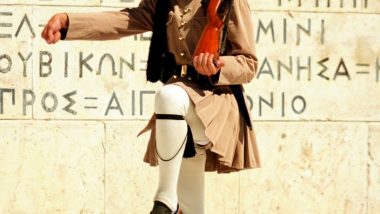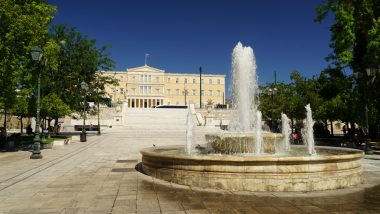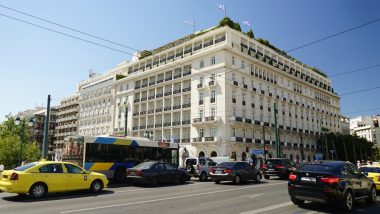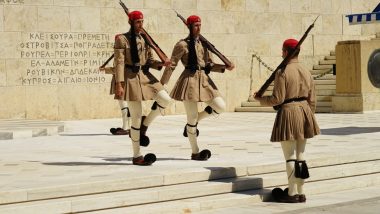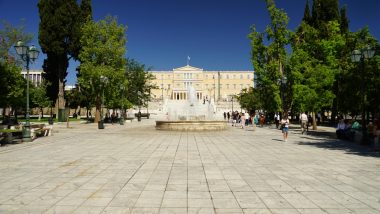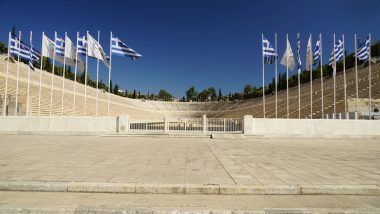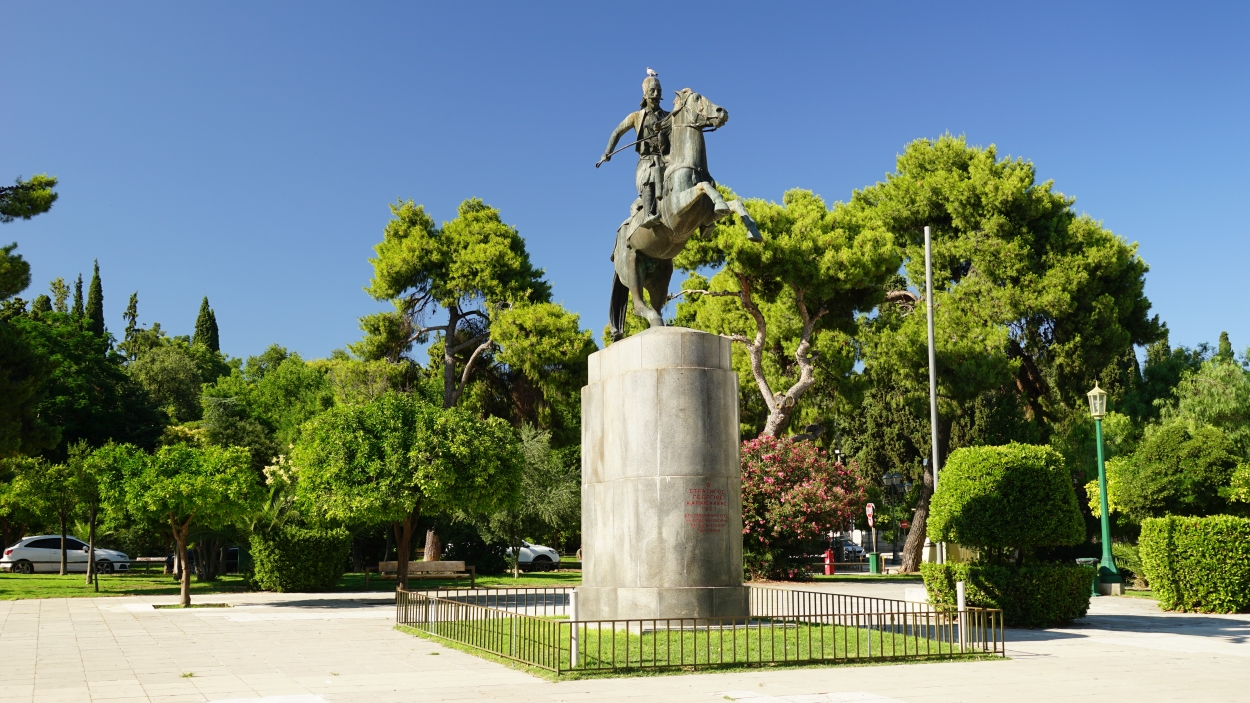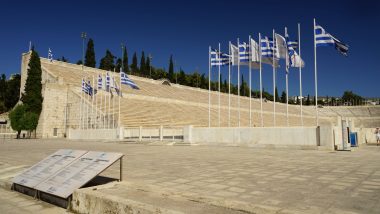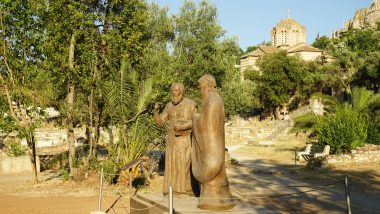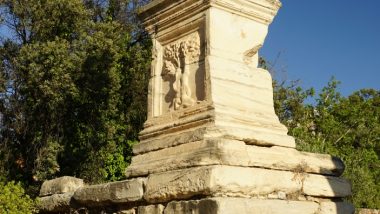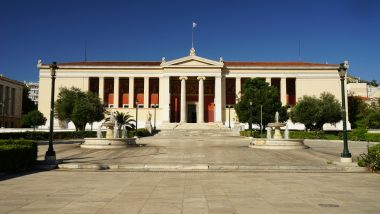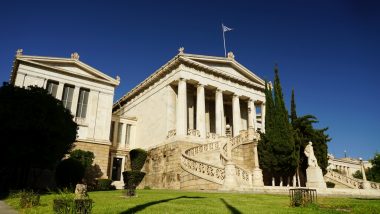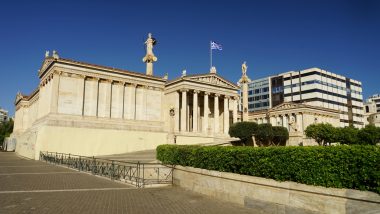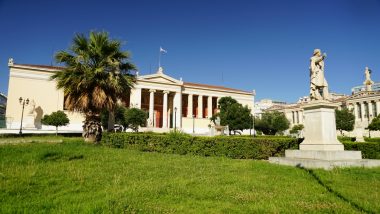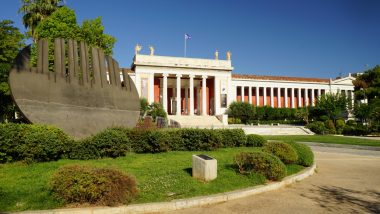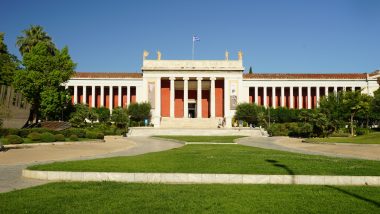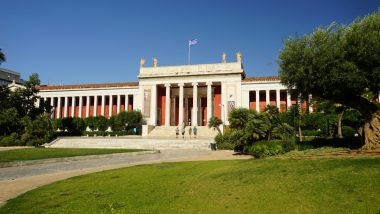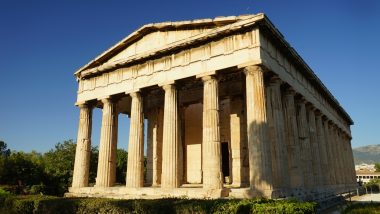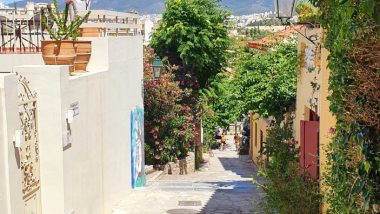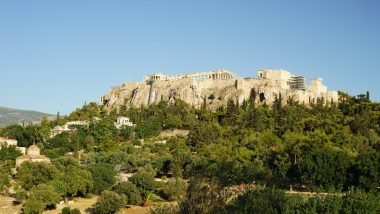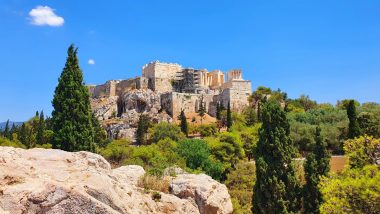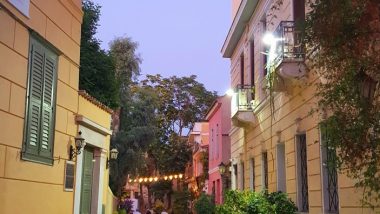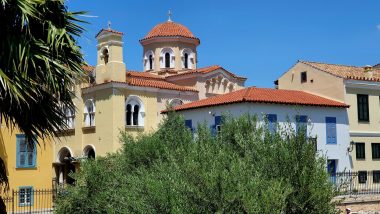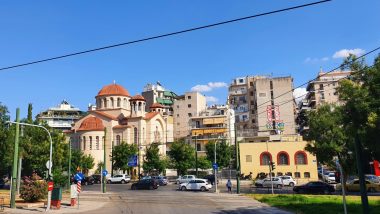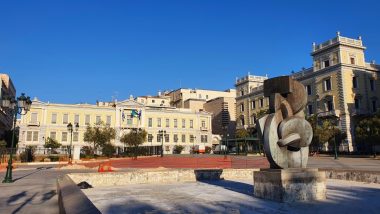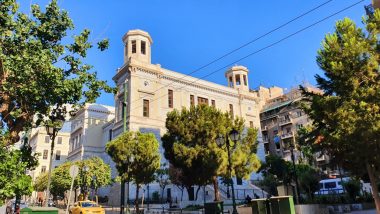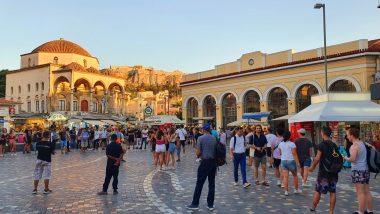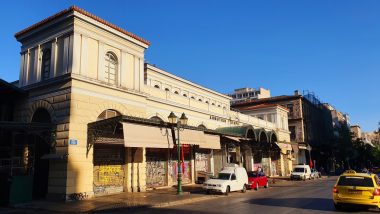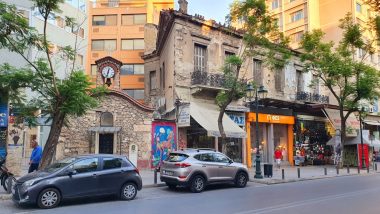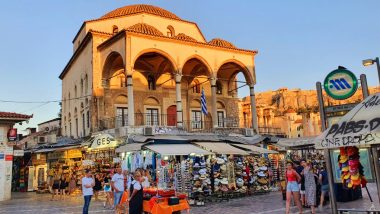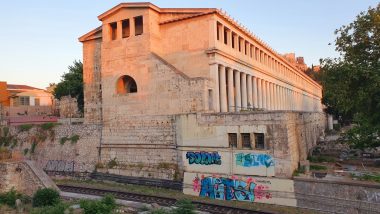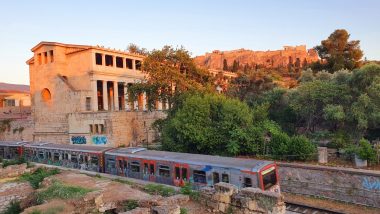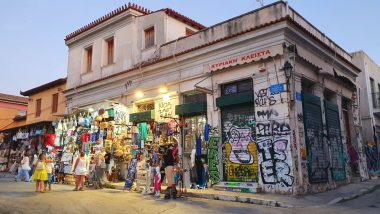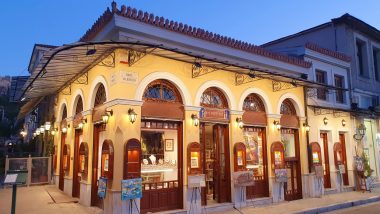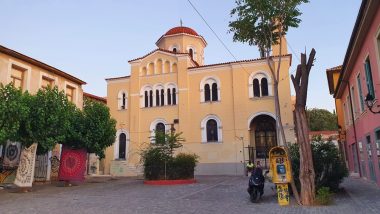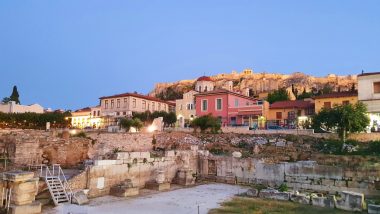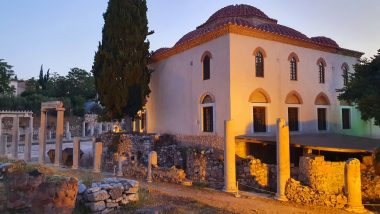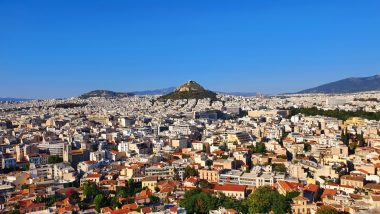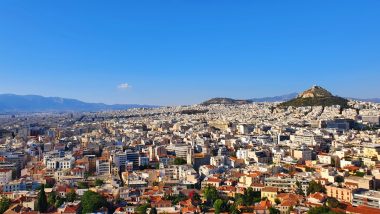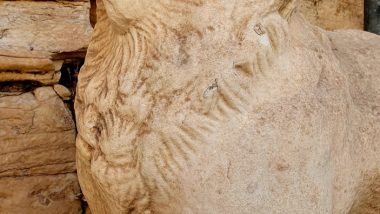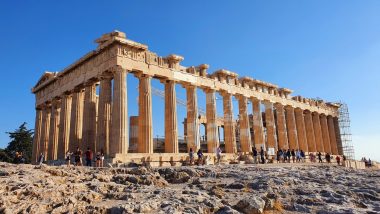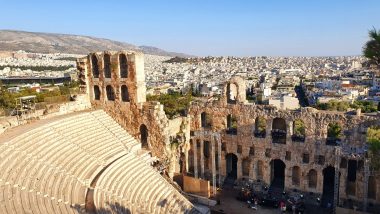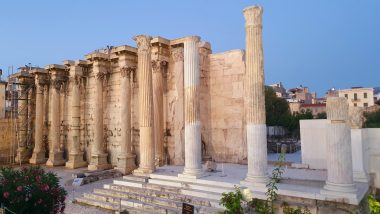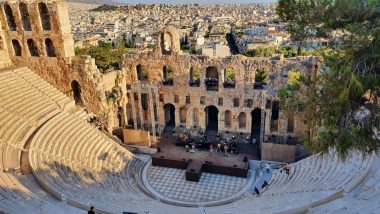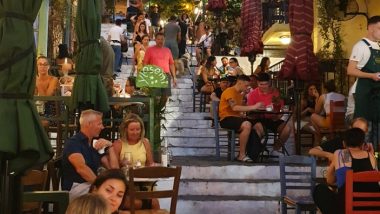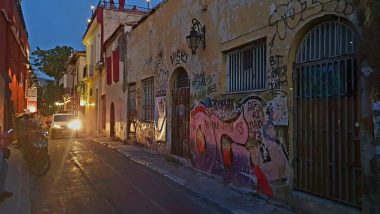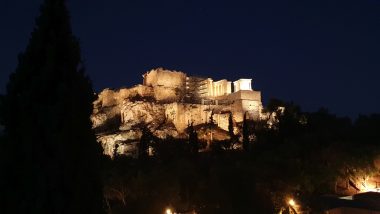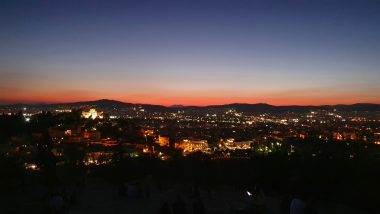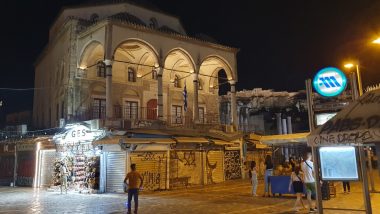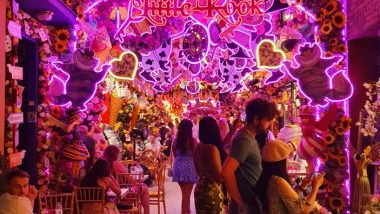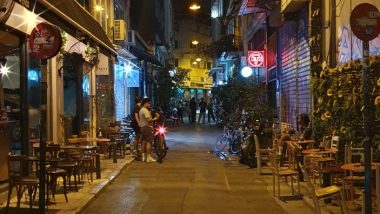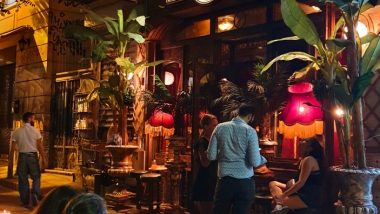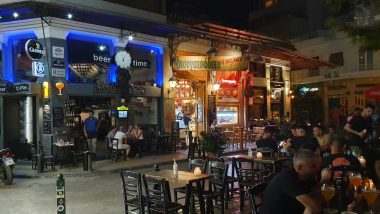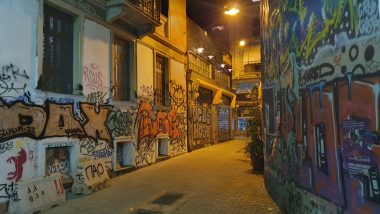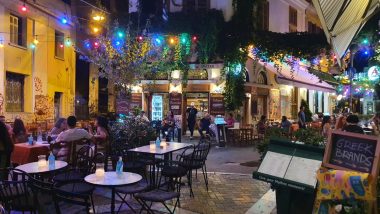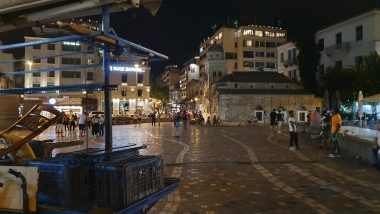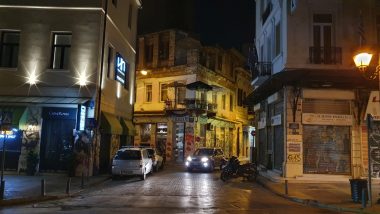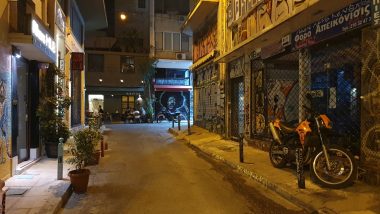We decided to spend five days in the city, from where many of Classical civilization’s intellectual and artistic ideas originated. It is generally considered to be the birthplace of Western civilization. When approached from the Middle East, Athens, with its tall buildings and trendy shops, is the first big European city. When approached from the west, what strikes the visitor is the influence of the East – In the food, music, and clamorous street life – perhaps vestiges of a time when Athens was divorced from European society under the yoke of Ottoman rule. Nevertheless, it is wrong to say that Athens is a mixture of East and West: it is Greek and, more particularly, Athenian. Some three centuries after the death of Pericles (429 BC), Athenians entered a period of bondage that lasted almost 2,000 years. In 1833 there was almost no Athens at all. During the fight for independence, it had been entirely evacuated in 1827, and six years later it held perhaps 4,000 people in the struggle of little houses on the north slope below the Acropolis. The newly imported King of the Hellenes, Otto, the 18-year-old son of Louis I of Bavaria, was installed in the only two-story stone house, while his German architects hurried ahead with plans for a palace and a new Athens far out in the fields. The following 170 years it was the scene of more than a dozen revolutions, another brutal foreign occupation, and a civil war of special savagery. This long history of passion and suffering has had a considerable effect on the Athenian character.
The Old Athens occupies the six streets sidling off Monastiráki Square, by the excavated Agora, below the famous Acropolis with Roman Theatre (entrance 20 EUR, combined entrance 30 EUR). Most of the ancient sights are just ruins, but we still took our one-day walking tour through the city starting in the oldtown, continuing around Roman Agora; Acropolis; Arch of Hadrian; Byzantine churches; the temple of Olympian Zeus; Panathenaic Stadium, reconstructed by an expatriate Greek millionaire in time for the revival of the Olympic Games in 1896 (crazy entrance 10 EUR), up to Parliament; National Library and Archeological Museum; and then again down by subway (2 trips / 2,30 EUR) to Temple of Hephaestus (the only solid standing ancient building) in Ancient Agora. The weather was sweltering, but you can buy cheap drinks on every corner (water 0,5 l / 0,5 EUR). Every late afternoon we spent time in the busy downtown, where we always took our favorite Gyros in pita bread (around 3,50 EUR) in one of many tavernas around Monastiráki Square. At night around 23:00 bars in the same area start filling up, but the nightlife scene was probably heavily affected by the financial crisis and COVID-19, so there are not as many options as before. Our favorite nice lively bar was Juan Rodriguez (cocktails 10 EUR). Last day we picked up our friend at the airport (subway ticket 9 EUR one-way, 16 EUR return) and the next morning we drove away through narrow busy streets to Peloponnese.
Parking location – Athens: 37.970321N 23.722256E (free – max 1 day)
Parking location – Athens: 37.969342N 23.723032E (50 EUR / 48 hrs, 💦, 🚻 09:00-18:00)


